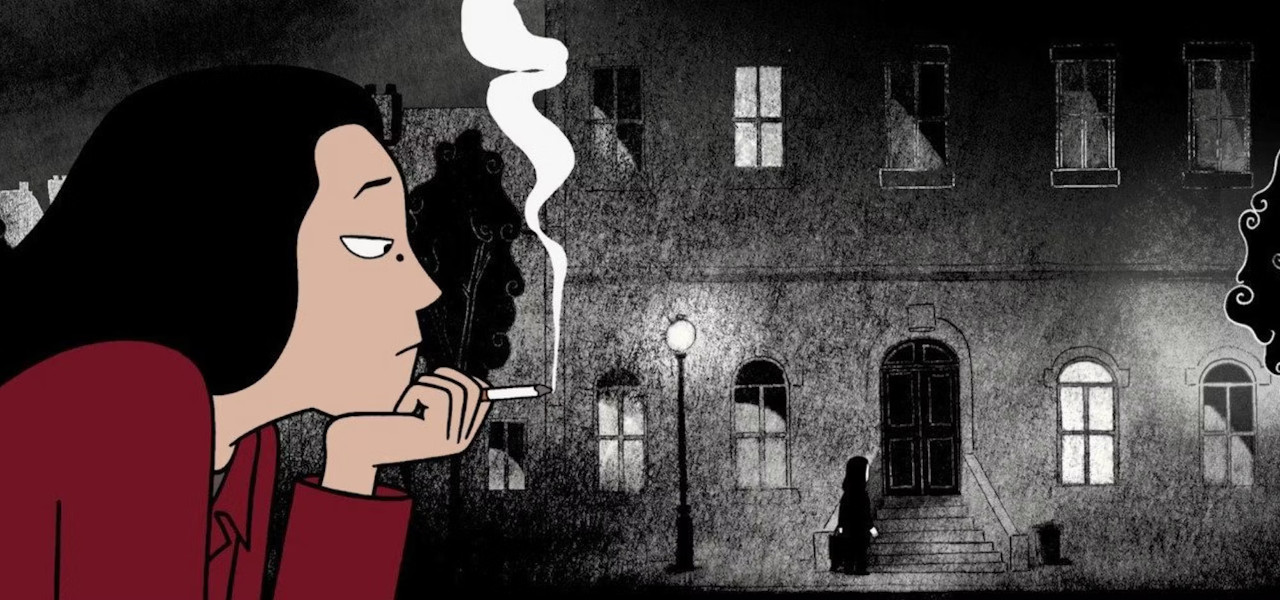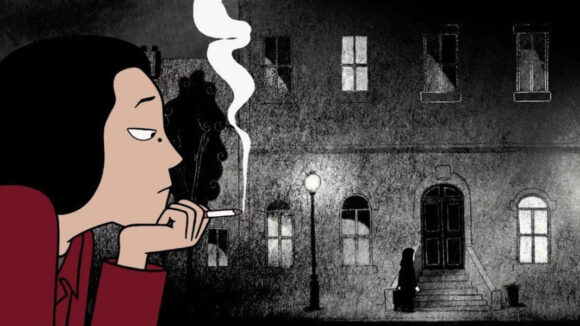

New Video Essay Explains How French Projects Are Financed And Why The Country’s System Is So Filmmaker-Friendly
Youtuber Evan Puschak, better known as Nerdwriter, has long been one of our favorite sources of clear and concise explainer videos about film and tv industries around the world.
In his latest post, Puschak offers a detailed breakdown of France’s system of subsidies and grants that finance filmmaking, animation or live-action, and the organization that runs the show, the National Centre for Cinema and the Moving Image (CNC). If you’ve ever seen a poster for a French film, you may have noticed that acronym at the bottom alongside the producer and distributor information.
The CNC is a publicly-owned government agency that finances films, tv programs, and digital programming, as well as brick-and-mortar cinemas, film restorations, and educational programs. As Puschak explains, “It represents a radical alternative to the economic model of U.S. filmmaking.”
In the U.S., the film production landscape is funded almost entirely by private money. A few states have tax credit programs, but they are designed to benefit major corporations and practically incomparable to France’s CNC.
Puschak answers the two main questions that most foreigners tend to ask about the CNC:
Where does the CNC get its money?
The CNC is financed from three main sources.
- Tax on Theatrical: The CNC received 10.7% of all theatrical admission sales in France. This tax is imposed on all films, regardless of whether they are French or foreign. €118 million ($126.6 million) in 2022.
- Tax on TV: Established in the 1980s, France’s tv tax was established in response to dropping cinema revenues. €469 million ($503.2 million) in 2022.
- Tax on Physical Media: This includes all traditional physical media as well as French streaming platforms. €127 million ($136.3 million) in 2022.
Combined, these three taxes generated €714 million ($766.1 million) in 2022. The video points out that France’s CNC budget was four times larger than the entire budget for the U.S.’s National Endowment For the Arts ($180 million) that year despite France’s population being five times smaller than that of the U.S.
Where does the money go?
The CNC releases extremely detailed reports each year tracking where and how its funds are used. In 2022:
- 43% went towards financing theatrical films
- 39% went to tv and streaming productions
- 18% went to other initiatives, such as video games, immersive art, vfx, and preservation of old films
Puschak points out that opponents of the program are quick to criticize poor financial returns on many of the more experimental or auteur films financed by the CNC, but he argues that ensuring those types of films get made is one of the primary objectives of the CNC.
The organization’s goal is clearly spelled out in a document shared in the video: “To support an independent cinema that is bold in terms of market standards and that cannot find its financial balance without public assistance.”
Further emphasizing that point, Puschak explains that the average investment in films from first-time directors in 2022 was €480,000 (Usd$516,000), giving those aspiring artists an opportunity that would almost never be available to U.S.-based freshmen directors
Puschak’s video clocks in at less than 10 minutes and is well worth watching by anyone who wants to learn more about what makes the French system so unique and filmmaker-friendly.

.png)